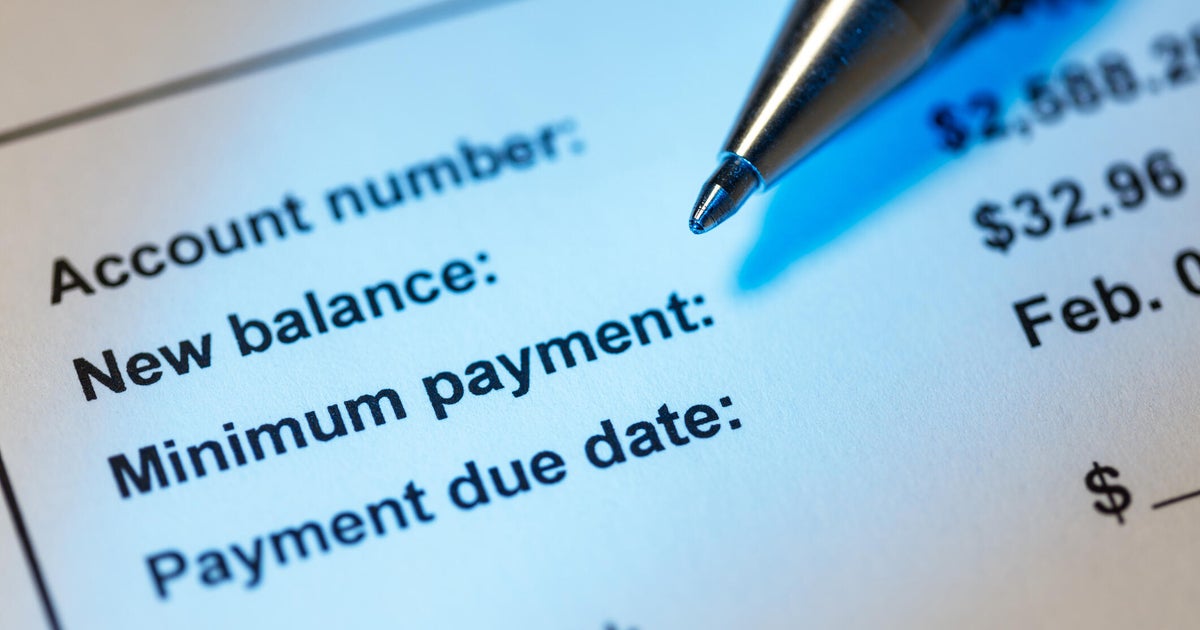

No response returned

Carrying a balance on your credit card is far from unusual these days. With prices climbing due to , more people are leaning on plastic to cover everything from their everyday expenses, like groceries and rent, to their unexpected bills. That, in turn, has made it more difficult for many cardholders to get rid of any credit card debt they have, and today's are only compounding the issue.
But if you're feeling the financial pressure from carrying a credit card balance in today's high-rate, inflationary landscape —let's say $2,000 in this case — and wondering how much you absolutely have to pay this month to stay current, the answer might surprise you. Your are designed to keep your account in good standing, but they're not necessarily your ticket to becoming debt-free anytime soon.
So, what exactly is the minimum payment on a $2,000 credit card balance right now, and what should you know before making that payment? That's what we'll examine below.
.
Credit card issuers use different formulas to determine your minimum payment each month. While the calculation methods vary slightly from one company to the next, they all share one thing in common: They're designed to while ensuring the lender earns interest.
Here are the most common ways credit card minimums are calculated:
To better understand how these calculations work, let's crunch the numbers for a $2,000 balance at an APR of 22%.
Flat percentage of your balance (2%):
Percentage plus interest and fees (1% + interest):
Flat dollar minimum ($35)
Many issuers set a floor for minimum payments. With a $2,000 balance, you'd likely pay more than $35 because the percentage-based formulas apply to higher balances.
Interest-only minimum
.
Making only the minimum payment each month might feel like it's giving you some financial breathing room, but it's an expensive habit to fall into. , meaning that over time, both your principal balance and the interest charges accrue more interest, so the longer you carry a balance, the more in total interest you rack up. On the other hand, adding even a little extra to your payment each month can . The more principal you pay down early, the less interest you'll owe in the long run.
isn't always feasible, though. If you're struggling to pay more but want to get rid of your debt, you may want to consider these debt relief strategies:
The minimum payment on a $2,000 credit card balance might be as low as about $40 to $60, depending on your issuer. But while paying that amount keeps you in good standing, it's not a strategy for getting out of debt quickly or cheaply. To avoid years of payments and high interest, aim to pay as much above the minimum as you can. And if your balance feels overwhelming, explore your debt relief options to regain control before your debt situation worsens.




